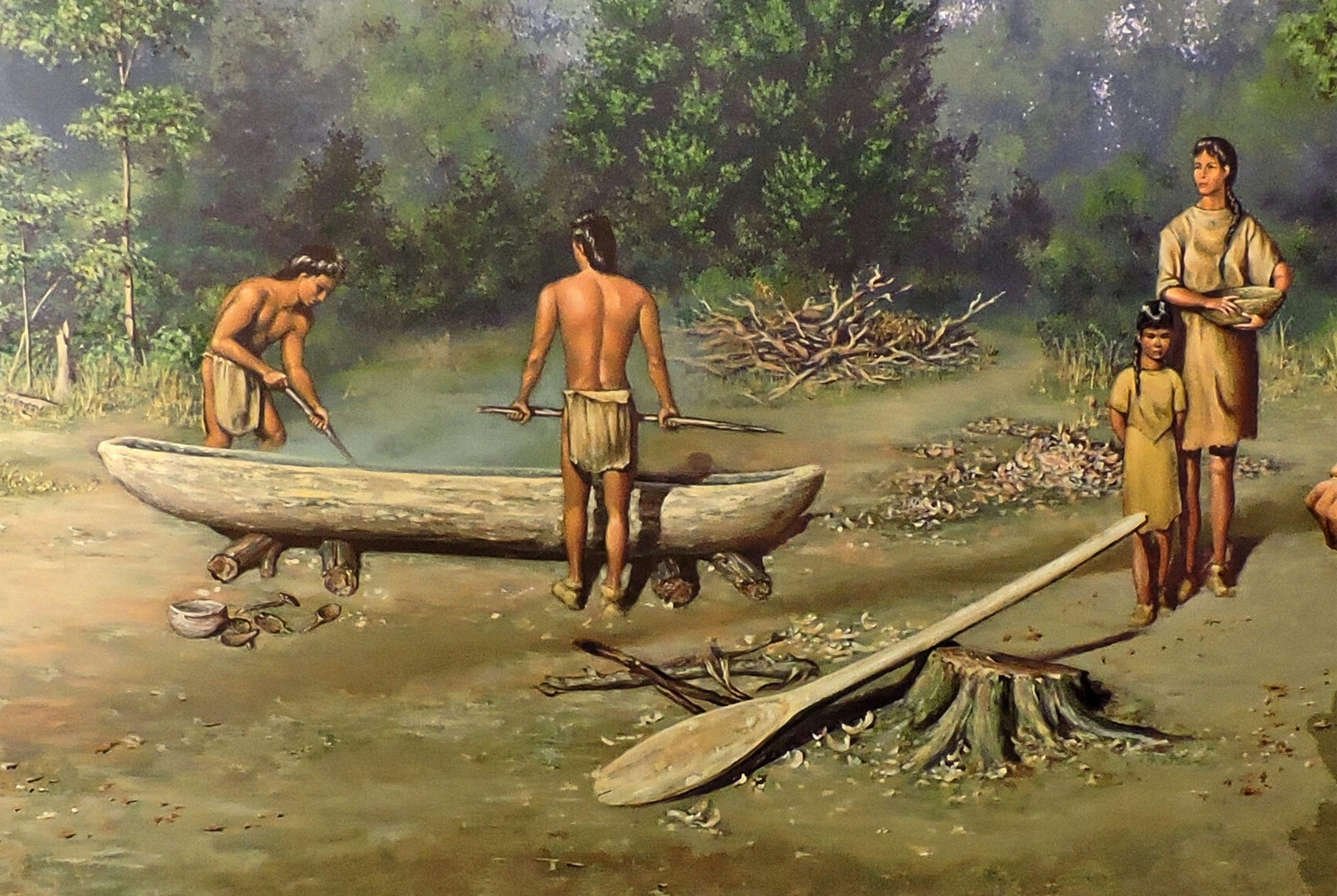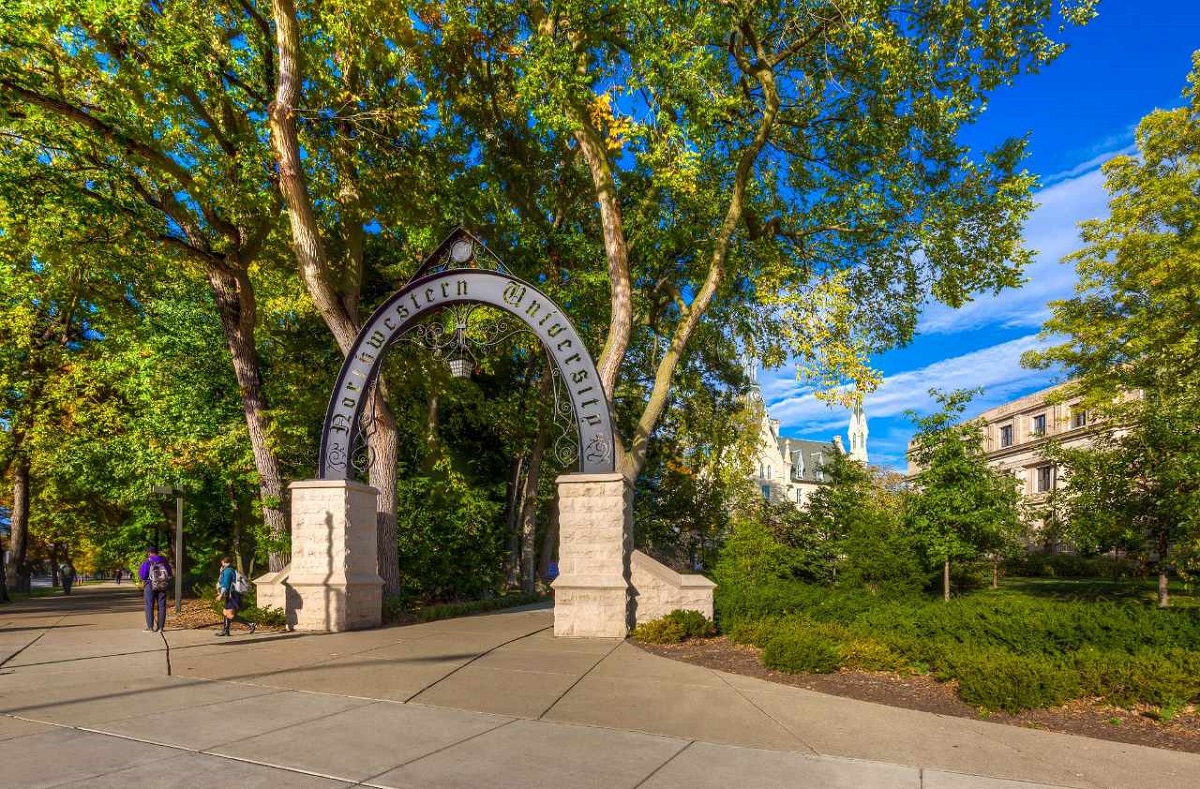Fischer Theatre to host festival in honor of Danville native Dick Van Dyke with exclusive screening of documentary
- Details
 Beloved stage and screen icon Dick Van Dyke is being honored by his hometown of Danvillein celebration of his upcoming 100th birthday.
Beloved stage and screen icon Dick Van Dyke is being honored by his hometown of Danvillein celebration of his upcoming 100th birthday.
Van Dyke, who was raised in Danville and started his career in the town as a local radio DJ on WDAN, became a household name for starring in the CBS sitcom The Dick Van Dyke Show in the early 1960s, and went on to great acclaim in movie musicals Mary Poppins, Bye Bye Birdie, and Chitty Chitty Bang Bang. Throughout his illustrious career, Van Dyke has been received a Grammy Award, six Emmy Awards, a Tony Award, a Disney Legends Award, and the Kennedy Center Honors.
Honoring Illinois’ Native Roots
- Details

Long before Illinois became a state it was home to many Native American tribes whose cultures and communities shaped the region’s history.
The land was primarily inhabited by the Illiniwek Confederation, a group of tribes that included the Kaskaskia, Peoria, Cahokia, Michigamea, and Tamaroa.
The word “Illinois” itself comes from “Illiniwek,” meaning “the people.” These tribes built villages along rivers, hunted game on the prairies, and developed extensive trade networks that reached across the continent.
From Champaign to space: The first U of I NASA mission
- Details

The University of Illinois Urbana-Champaign has reached new heights after its newest project has launched to study the Earth’s outer atmosphere.
The Carruthers Geocorona Observatory was launched into space on Sept. 24, marking the beginning of the first NASA mission overseen by an Illinois researcher. Dr. Lara Waldrop, lead scientist and associate professor at U of I, led the construction and launch of the new space telescope. The mission, which aims to use ultraviolet imaging to explore how the Earth and its atmosphere interact with space, was the accumulation of more than six years of planning. Her team received $75 million for the building of the observatory at the University’s Grainger College of Engineering.
In a nod to its roots, the observatory is named after Dr. George R. Carruthers, a U of I alumnus and one of the first African-American men to earn a doctorate degree in astrophysics. He invented the camera that took the first images of space in 1970, which allowed scientists to gain a deeper understanding of what space looked like and the prospects for the future of astrophysics.
The observatory carries on the legacy of Dr. Carruthers, as the mission of the geocorona space telescope while in space is to orbit the sun and to take ultraviolet images of the Earth’s upper atmosphere. This information will be vital to determine the pattern and strength of space storms and evaluate how these storms will impact the shape of the atmosphere’s outer edge, helping scientists develop new ways to protect our planet from the sun’s geostorms.
The Grainger College of Engineering has been famed in delivering quality education to its students since 1868 and has produced remarkable alumni such as the co-founders of YouTube and of PayPalhas also sent six alumni into space.
Professor from Northwestern wins Nobel for Economics
- Details

Illinois has made investments into education through its schools and teachers and that has been evident recently as Northwestern is now home to a Nobel Prize winner.
Northwestern University’s very own Professor Joel Mokyr has earned the Nobel Prize in Economic Sciences. He has earned this award along with Phillippe Aghion of the Collège de France, Peter Howitt from Brown University, as they all collaborated in creating a mathematical model for a theory regarding sustained growth amidst creative destruction.
Mokyr’s works such as “A Culture of Growth: Origins of the Modern Economy,” and “The Lever of Riches: Technological Creativity and Economic Progress,” aims at learning what factors drove the Industrial Revolution to be what it was and how it impacted world history from an economic standpoint. His works also explain how developing nations can attain and developed nations maintain creativity within the technological sector of their economies to keep up with the evolving times that we are in.
Professor Mokyr curated his knowledge through his undergraduate education at the Hebrew University of Jerusalem in 1968, majoring in economics and history. He also went on to get a master’s degree in economics from Yale in 1972 and a PhD from Yale in 1974.
Professor Mokyr is known by fellow colleagues at Northwestern as deeply impactful and visionary with his views on where our modern and future economy could look like.
The Nobel Prize in Economics is the one of several awards for the storied professor, the most recent being in 2018 when he won the Elinor Ostrom Prize for his written piece “Cognitive Rules, Institutions and Economic Growth: Douglass North and Beyond.” He has also won the 2006 Heineken Award for History and the International Balzan Prize for his innovative research regarding the history of Europe and the origins of technological change.



